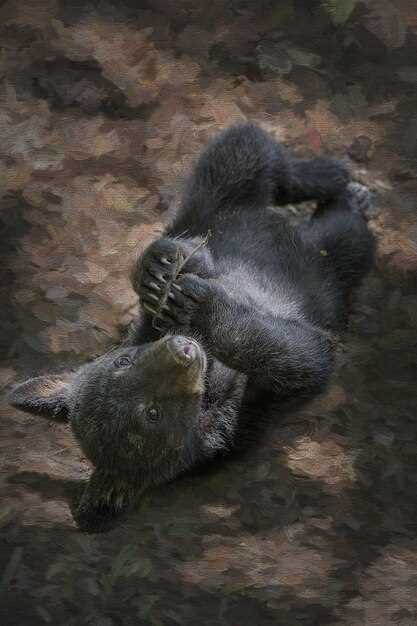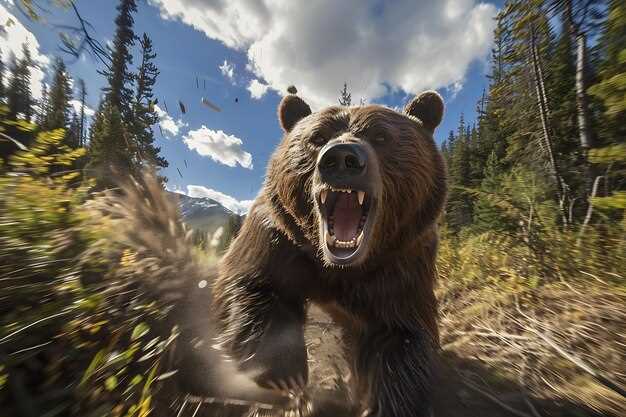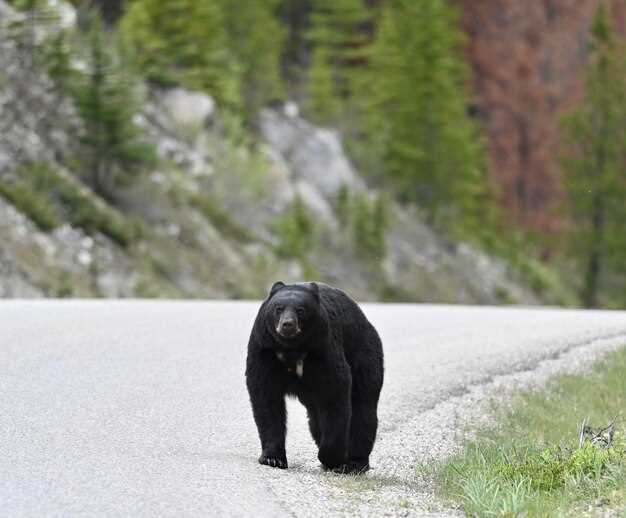
Black bear hunting is a thrilling adventure that attracts enthusiasts from all over the world. Understanding the optimal season for hunting is crucial for both novice and experienced hunters. The timing of your hunt can greatly influence your success rate, making it essential to be well-informed about the patterns and behaviors of these majestic animals.
As the seasons change, so do the bears’ habits. Knowing when bears are most active can help you plan your hunting trip effectively. In the spring, bears emerge from hibernation, searching for food to replenish their energy. During this time, they can be found near food sources such as berries or riverbanks, making it an ideal period for hunters to capitalize on their increased activity.
Summer months also present unique opportunities for hunting. As bears continue to feed voraciously to prepare for the coming winter, hunters can take advantage of their foraging patterns. However, as the leaves fill the trees, visibility decreases, and hunters must adapt their strategies to ensure a successful hunt.
Fall marks the final phase of the black bear’s cycle, as they prepare for the long hibernation ahead. This season sees them actively seeking out high-calorie food sources, making it an optimal time for hunters. Understanding these seasonal behaviors is key to maximizing your chances of a successful black bear hunt.
Understanding Black Bear Behavior During Hunting Season

During the hunting season, black bear behavior undergoes significant changes, influenced by factors such as food availability, mating rituals, and environmental conditions. Understanding these patterns is crucial for successful hunting.
As autumn approaches, black bears begin to forage intensely to build fat reserves for the winter. They seek out high-calorie food sources such as berries, acorns, and nuts. This increased activity can often be observed in the weeks leading up to hibernation, making it a prime time for hunters to find and track bears.
In addition to foraging, male black bears become more active as they search for mates. This heightened activity can lead to a larger movement radius, presenting hunters with expanded opportunities to encounter bears. However, understanding the timing of these behaviors is essential. Mating season typically peaks in late spring and early summer, but male bears will be erratic in their movements as they seek out females during hunting season.
Weather conditions also play a crucial role. Bears are more likely to be active during overcast days or periods of light rain, as these conditions provide cover and reduce human scent detection. Hunters should pay close attention to local weather forecasts and plan their outings accordingly.
By carefully observing and understanding black bear behavior during the hunting season, hunters can increase their chances of a successful harvest. Utilizing knowledge of feeding patterns, mating activities, and environmental influences will ultimately lead to more effective hunting strategies.
Optimal Weather Conditions for Successful Black Bear Hunts

Understanding the weather is crucial for effective black bear hunting. In general, overcast days tend to be the most productive for hunters. Black bears are typically more active in cooler temperatures, which encourages them to roam in search of food. Cloud cover can decrease visibility for both the hunter and the bear, allowing for better stalking opportunities.
Temperature also plays a vital role. Early morning and late evening hunts during the spring season, when bears are emerging from their dens and searching for food, often yield the best results. Ideal temperatures between 50°F and 70°F allow bears to stay active longer throughout the day.
Precipitation can influence hunting success as well. Light rain can mask sound, enabling hunters to approach closer to bears without being detected. However, heavy rain may push bears to seek shelter, making them less active. Wind conditions should also be considered; calm days are preferable since strong winds can interfere with both bear movement and scent tracking.
Seasonal transitions, such as the shift from spring to summer, can prompt significant changes in bear behavior. During this period, bears tend to be more focused on foraging, making them vulnerable to hunters who understand these patterns. Monitoring the weather in conjunction with seasonal changes can provide hunters with a strategic advantage.
Key Dates and Strategies for Each Phase of the Hunting Season
The black bear hunting season can be divided into multiple phases, each presenting unique opportunities and challenges. Understanding these phases and their corresponding dates can significantly enhance your hunting strategy.
Pre-Season (March to April): This phase is crucial for preparation. Research and scout potential hunting areas to identify bear activity and food sources. Look for signs such as tracks, droppings, and feeding areas during warmer days. Starting in late April, bears awaken from hibernation, increasing movement as they search for food.
Spring Season (May to June): The spring season is the prime time for black bear hunting as they emerge to feed on new vegetation and insects. Utilize baiting strategies with sweet-smelling substances like donuts or fruit to attract bears. Focus your efforts around areas rich in natural foods. This phase runs until the end of June, but check local regulations for exact dates.
Summer Season (July to August): As summer progresses, bears continue to forage to build fat reserves. This is an excellent time for spot-and-stalk hunting. Use binoculars to spot bears in open areas, particularly during dawn and dusk. Look for them near water sources or berry patches, as these are common feeding grounds.
Fall Season (September to November): The fall season is marked by a feeding frenzy as bears prepare for hibernation. This is often the best time for black bear hunting due to their increased movement and activity levels. Focus on areas with abundant acorns, berries, and other food sources. Early fall months are ideal for baiting. As the season progresses, transition to hunting methods that capitalize on bear behavior, like ambushing near feeding spots.
Late Season (November): In late November, hunting becomes more challenging as bears begin to hibernate. However, late-season hunters can still succeed by targeting areas where bears are known to den. Look for last-minute feeding opportunities before hibernation kicks in. Employ patience and remain in positions that maximize visibility during this critical time.
By understanding the key dates and implementing effective strategies for each phase of the black bear hunting season, hunters can increase their chances of a successful hunt while practicing ethical and responsible hunting practices.